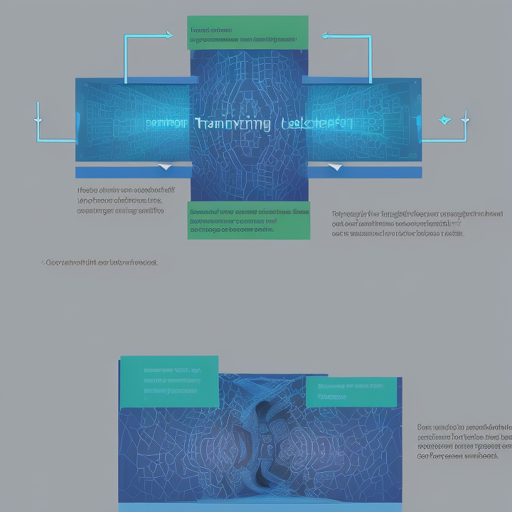Training a TextAttack model can seem daunting at first, but with clear instructions, you’ll find that it’s quite an empowering experience! In this article, we will take a step-by-step approach to training a model for a classification task using TextAttack, an open-source framework designed for adversarial attacks and robust evaluation of NLP models.
Understanding the Setup
Before we jump into the actual training process, let’s break down the parameters we will use:
- Epochs: The model will be trained for 5 epochs—this defines how many times the training algorithm will work through the entire training dataset.
- Batch Size: A batch size of 32 means that the model updates its weights after processing 32 samples.
- Learning Rate: We’re using a learning rate of 3e-05, which controls how much we update the model’s weights during training with respect to the loss gradient.
- Maximum Sequence Length: The model processes sequences with a maximum length of 128 tokens. This restricts the input text to a manageable size.
- Loss Function: We employ a cross-entropy loss function, which is suitable for classification tasks, measuring the performance of the model.
Steps to Training
Now that we understand the parameters, here are the steps to follow in order to train your TextAttack model:
- Step 1: Set your environment. Make sure that you have the TextAttack package installed. You can do this using pip:
pip install textattackimport textattack
from textattack.datasets import HuggingFaceDataset
from textattack.models import model_from_checkpoint
from textattack.train import Trainer
dataset = HuggingFaceDataset('dataset_name')trainer = Trainer(model, dataset, epochs=5, batch_size=32, learning_rate=3e-05, max_seq_length=128)
trainer.train()Understanding Through Analogy
Think of training a TextAttack model like preparing a meal in a restaurant. Each parameter is an ingredient:
- Epochs: Similar to the number of times a chef tastes the dish during preparation. The chefs adjust flavors iteratively—more tasting (epochs) could lead to better results.
- Batch Size: Represents the number of plates being prepared at one time. Cooking too many plates simultaneously might dilute quality, which is why we stick with 32.
- Learning Rate: Relates to how quickly a chef adjusts the seasoning. Too fast (high learning rate), and you might spoil the dish. Too slow, and it’s tasteless.
- Maximum Sequence Length: Just like recipe instructions, we ensure that we don’t exceed the limits (here, 128 tokens) so that the dish remains delicious!
- Loss Function: The chef’s assessment of how close the meal is to being perfect. Cross-entropy is our tool to measure that gap in performance.
Troubleshooting Tips
If you encounter issues during training, here are some troubleshooting ideas:
- Ensure your Python environment has all required dependencies installed.
- If the model doesn’t seem to train properly, double-check your dataset for formatting issues.
- Monitor the console outputs for any error messages; these can guide you on what went wrong.
- If you’re not achieving the desired accuracy, consider tweaking the learning rate or increasing the number of epochs.
For more insights, updates, or to collaborate on AI development projects, stay connected with fxis.ai.
Conclusion
Training a TextAttack model may feel complex initially, but once broken down, the process is manageable and rewarding. With the right parameters and understanding, you can effectively train a high-performing model for classification tasks.
At fxis.ai, we believe that such advancements are crucial for the future of AI, as they enable more comprehensive and effective solutions. Our team is continually exploring new methodologies to push the envelope in artificial intelligence, ensuring that our clients benefit from the latest technological innovations.

